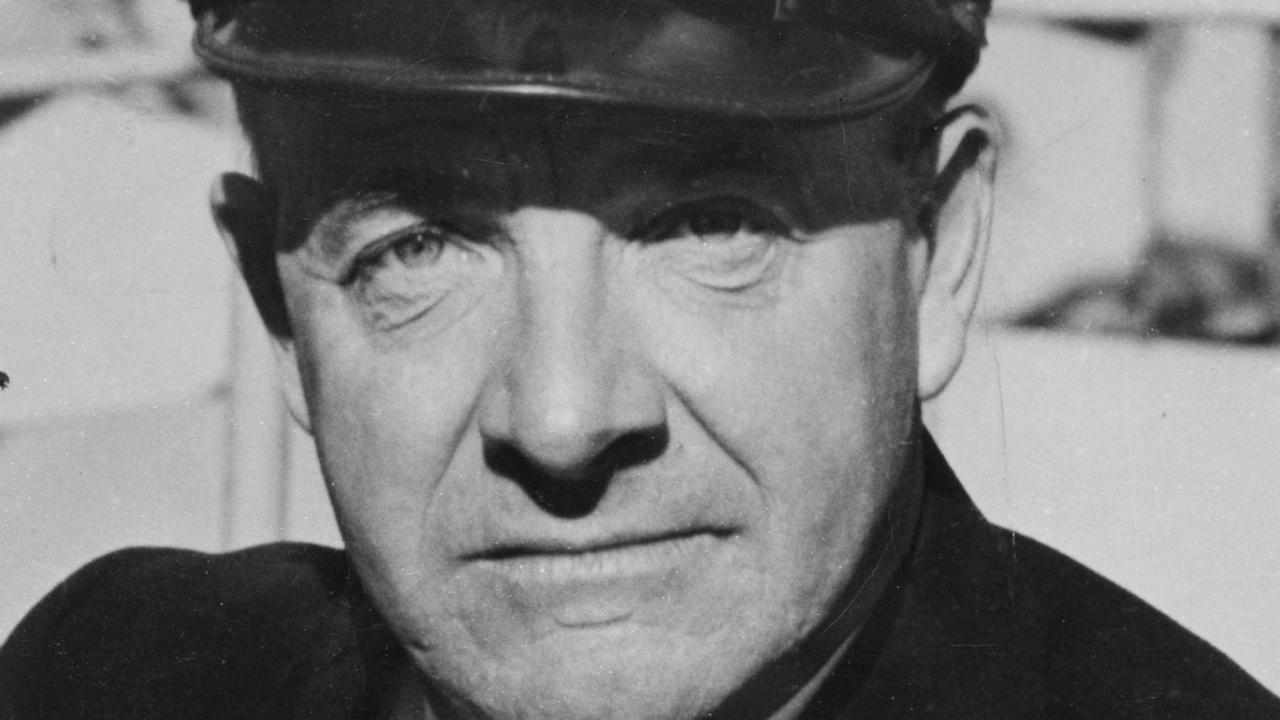German spy Josef Jakobs was last man to be executed in Tower of London
CAPTURED German spy Josef Jakobs was the last person executed in the Tower of London. Convicted of espionage under the Treachery Act 1940, Jakobs was shot on August 15, 1941.

Today in History
Don't miss out on the headlines from Today in History. Followed categories will be added to My News.
“I AM not saying this in any sense of a threat,” his interrogator likely assured German spy Josef Jakobs as he squinted under the bare-bulb glare of an unfurnished interrogation room in a west London mansion. “But you are here in a British Secret Service prison and it’s our job in wartime to see that we get your whole story from you,” continued Major Robin “Tin Eye” Stephens, credited with turning 140 captured German spies as double agents.
Unfortunately Jakob’s answers did not please Stephens, commandant of Camp 020 at Latchmere House in Richmond, a secret MI5 WWII detention and interrogation centre for enemy agents.
After breaking his ankle in a parachute landing near Ramsey, 75 years ago Jakobs became the last person executed in the Tower of London. Convicted of espionage under the Treachery Act 1940, Jakobs was shot on August 15, 1941.
At Camp 020, which during the war years processed 500 suspected spies held in solitary confinement in 120 bugged rooms and cells, Stephens was sceptical about Jakobs’ story and had no doubt he landed “as an active and willing spy for the Germans”.


Under Stephens interrogation techniques at Latchmere, MI5 became a textbook example in running double agents. The first recruit was Welsh electrical engineer Arthur Owens, interrogated by MI6 in 1938 after regular visits to Germany’s Kiel shipyards brought him into contact with the German intelligence service Abwehr.
Owens admitted he had been given a wireless, and offered to make radio contact with the enemy while under MI5 control, helping to crack the German Engima code. Owens supplied advance warning in 1940 of several agents being parachuted into Britain, including “Summer” and “Tate”, who became key double agents.
Owens also began providing doctored documentation for future arrivals. Each detected Abwehr spy was assigned a counterespionage case officer, while a small committee liaised with government departments to decide what information could or should be conveyed to the enemy.
In January 1941 the Double-Cross Committee was established to manage double agents, and opened Camp 020 near Ham Common at Richmond.
While Stephens forbid violence, considering it uncivilised and counter-productive, he ensured Camp 020 served only bland food, and offered no cigarettes. Sleep deprivation was a common tactic, and prisoners were hooded for long periods. Stephens also had 15 Abwehr agents shot or hanged. Owens, considered unreliable, would be imprisoned for the rest of the war.
When Jakobs took off from Holland’s Schiphol Airport on January 31, 1941, he carried £498 in £1 English banknotes, a radio, a pistol, German sausage and a forged British identity card based on details from Owens, codenamed Snow.
Germans had requested details of people whose homes had been bombed. Owens sent details of James Rymer, of 33 Abbotsford Gardens, Woodford Green, whose home was destroyed in late 1940, including Rymer’s registration number, ARAJ/301/29.
Confoundingly, the number on the identity card given to Jakobs was 656/301/29, with no letters, and wrote the city, followed by the street adress, in European style. And while English cards were hand-folded, Jakobs’ card was machine-folded.
Born in Luxembourg in 1898, Jakobs was a WWI veteran When it was discovered he had been jailed in Switzerland from 1934-37 for selling counterfeit gold, he was demoted, placed in the meteorological service, and recruited by Abwehr.
Jakobs broke his right ankle on landing in a field near Dovehouse Farm, Ramsey. The next morning he fired his pistol, attracting a farmer. Arrested by the Home Guard and taken to London, Jakobs gave a statement to MI5. Transferred to Brixton Prison Infirmary, the next day he was briefly interrogated at Camp 020 by Stephens, before being transferred to a hospital for two months.
In June 1941, MI5 requested to have Jakobs tried by court martial, rather than a civilian court, as it was clear he was an enemy alien and a member of enemy armed forces. All other WWII spies were tried by civil court and hanged.
Found guilty after a court martial on August 4 and 5, Jakobs was taken to Wandsworth Prison until early on August 15, when he was transferred to the Tower of London.
At a .22 rifle range where WWI spies were shot, Jakobs was sat in a chair with a white target pinned to his chest.
Eight members of the Scots Guards opened fire at 7.12am.
Originally published as German spy Josef Jakobs was last man to be executed in Tower of London


